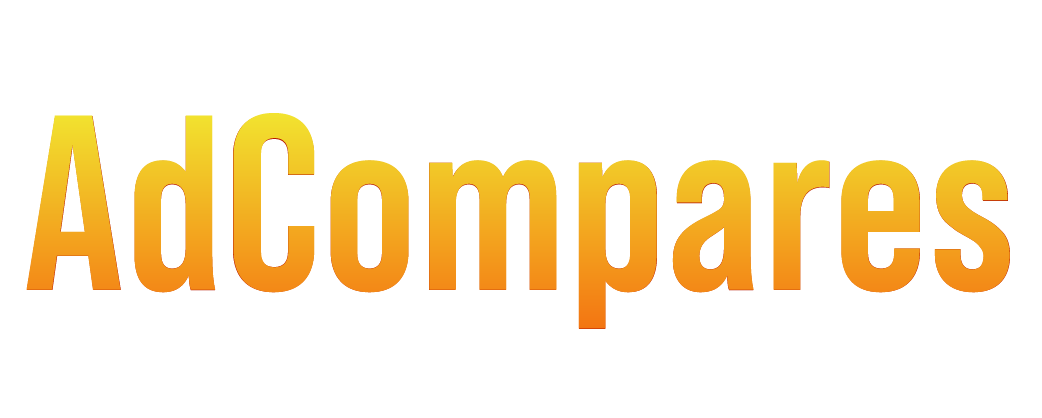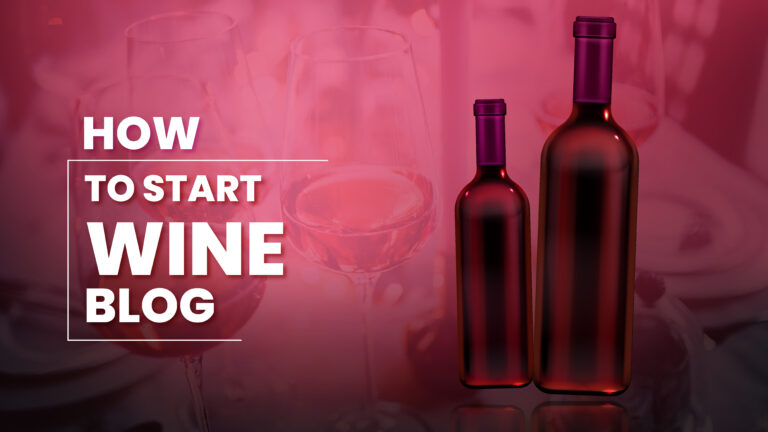Starting a wine blog is an exciting way to share your passion for wine, connect with fellow enthusiasts, and establish your presence in the ever-growing world of digital wine content. Whether you’re a seasoned sommelier, a casual wine lover, or a content creator exploring new niches, a well-crafted wine blog allows you to express your expertise and build a loyal audience.
In today’s digital landscape, wine blogging isn’t just about tasting notes; it’s about storytelling, education, and authenticity. With the right strategy, engaging content, and strong SEO practices, your blog can attract readers, collaborate with brands, and even generate income over time. This guide will walk you through the essential steps to start a successful wine blog, from defining your niche and setting up your website to creating content that resonates with your audience and ranks in search results.
What Is a Wine Blog?
A wine blog is a digital platform where wine enthusiasts, sommeliers, or industry professionals share their knowledge, experiences, and opinions about wine. It serves as an online space for wine education, reviews, recommendations, and storytelling, helping readers explore the world of wine in an engaging and accessible way.
Depending on the blogger’s focus, a wine blog may feature:
- Wine reviews and tasting notes
- Food and wine pairings
- Vineyard visits and travel experiences
- Winemaking insights and trends
- Tips for collectors or beginners
Beyond sharing personal insights, a well-crafted wine blog builds community, establishes authority in the wine industry, and can even support business growth through collaborations, affiliate marketing, or sponsored content.
How to Start a Wine Blog (Step-by-Step Guide)
Starting a wine blog requires planning, focus, and consistency. From defining your niche to optimizing your content for search engines, every step contributes to building a successful and credible online presence. The following structured guide outlines the essential stages of creating a professional wine blog.
1. Identify Your Niche
A well-defined niche is the foundation of a successful wine blog. Choosing a clear area of focus helps you attract the right audience and establish authority within the wine industry. Consider specializing in one or more of the following areas:
Wine Reviews
Focus on writing detailed reviews that describe the wine’s appearance, aroma, taste, and finish. Provide honest ratings and recommendations that help readers make informed purchasing decisions.
Wine Regions
Explore specific wine regions such as Bordeaux, Napa Valley, or Tuscany. Discuss regional characteristics, grape varieties, and production methods to educate readers and deepen their understanding of wine diversity.
Wine and Food Pairing
Create content that offers practical advice on pairing wine with different cuisines. Including recipes or menu examples can make your content more engaging and actionable for readers.
Wine Production Methods
Discuss various production techniques, including organic, biodynamic, and conventional practices. Explain how these methods affect flavor, quality, and sustainability to attract readers interested in the science of winemaking.
2. Choose a Memorable Domain Name
Selecting the right domain name is critical for branding and discoverability. Choose a name that is professional, easy to spell, and relevant to your niche.
Tips for Choosing a Domain Name:
- Include relevant keywords such as “wine,” “vintage,” or “tasting” to improve SEO.
- Keep the name short, clear, and memorable.
- Ensure consistency across your domain and social media handles for cohesive branding.
3. Select the Right Blogging Platform
Choosing a reliable blogging platform determines the flexibility, design, and scalability of your wine blog. The most popular platforms include:
WordPress
Highly recommended for professional bloggers, WordPress offers extensive customization options through themes and plugins. It also supports advanced SEO features, making it ideal for long-term growth.
Blogger
A simple and beginner-friendly platform, Blogger is free and easy to set up. However, it offers limited customization compared to WordPress.
Squarespace
Known for its visually appealing templates and built-in SEO tools, Squarespace is a good option for design-focused blogs, though it requires a monthly subscription.
4. Create High-Quality Content
Consistent, informative, and engaging content is essential for attracting and retaining readers. Each post should provide value and reflect your expertise.
Content Ideas:
- Wine Reviews: Offer honest evaluations and tasting notes.
- Wine Guides: Write educational posts explaining wine basics, serving techniques, or terminology.
- Interviews: Feature insights from sommeliers, winemakers, or industry professionals.
- Event Coverage: Share firsthand experiences from wine tastings, festivals, or vineyard visits.
High-quality, well-structured content builds trust and encourages reader engagement.
5. Optimize for SEO
Search Engine Optimization (SEO) improves visibility and helps your content reach a wider audience. Incorporating strong SEO practices ensures that your blog performs well in search rankings.
Keyword Research
Use tools such as Google Keyword Planner or SEMrush to identify relevant search terms. Integrate these keywords naturally into your content for better ranking.
On-Page Optimization
Include target keywords in titles, headings, and meta descriptions. Maintain a clear content hierarchy to enhance readability and search engine indexing.
Link Building
Develop a strategy for gaining backlinks from reputable websites. Collaborate with other wine bloggers, contribute guest posts, and build relationships within the industry to increase your blog’s authority.
6. Engage with Your Audience
Engagement is crucial for building a loyal readership and community around your blog. Respond to comments, encourage discussion, and use social media platforms to maintain interaction.
Engagement Strategies:
- Social Media Presence: Share visual content, tasting notes, and blog updates on platforms like Instagram, Facebook, and Pinterest.
- Email Marketing: Build an email list and send newsletters with updates, tips, and exclusive content to maintain ongoing communication with readers.
7. Promote Your Wine Blog
Effective promotion ensures that your content reaches its target audience and grows over time.
Promotion Strategies:
- Social Media Advertising: Use targeted ads to reach wine enthusiasts based on demographics and interests.
- Collaborations: Partner with influencers, wineries, or other bloggers for cross-promotional opportunities.
- Guest Blogging: Write articles for established wine-related websites and include links back to your blog to drive referral traffic.
8. Monitor Your Blog’s Performance
Tracking your performance is essential for understanding what works and identifying areas for improvement. Use analytics tools to gather insights into audience behavior and content effectiveness.
Performance Tracking:
- Google Analytics: Monitor traffic, user demographics, and engagement metrics.
- Search Console: Track keyword rankings, impressions, and click-through rates.
- Content Evaluation: Review which posts generate the most interest and adjust future content strategies accordingly.
Conclusion
In 2026, launching a successful wine blog requires a clear strategy and professional execution. Begin by defining your wine niche,whether it’s wine reviews, pairing recommendations, vineyard travel, or industry insights. Choose a memorable domain name that reflects your brand identity and target audience. Focus on producing high-quality, SEO-optimized content that educates and engages readers while showcasing your expertise in the wine industry. Build visibility by implementing a strong content marketing and social media strategy, and foster community engagement through consistent interaction with your audience. Regularly monitor performance metrics to refine your approach and enhance results. With dedication, strategic planning, and consistent value-driven content, your wine blog can establish authority and attract a loyal following within the global wine community.
Frequently Asked Questions (FAQs)
What is a Wine Blog?
A wine blog is an online platform where wine enthusiasts, sommeliers, or industry experts share insights about wine. This may include tasting notes, reviews, food pairings, winemaking techniques, and updates from the wine industry. It serves as both an educational resource and a community space for wine lovers.
How Do I Choose a Niche for My Wine Blog?
Choosing a specific niche helps define your blog’s identity and attract a targeted audience. You can focus on areas such as wine reviews, vineyard travel, wine and food pairing, sustainable winemaking, or wine education for beginners. A clear niche improves content direction and SEO performance.
Which Blogging Platform Is Best for Wine Blogging?
WordPress is widely considered the best platform for wine blogging due to its flexibility, extensive theme options, and SEO-friendly plugins. Alternatives such as Squarespace and Wix are suitable for users who prefer simplified design tools and integrated hosting services.
How Do I Create Engaging Content for a Wine Blog?
Engaging content should be informative, authentic, and visually appealing. Incorporate tasting reviews, wine guides, interviews with experts, or behind-the-scenes features from wineries. High-quality images, storytelling, and SEO-focused writing can enhance reader engagement and credibility.
How Can I Promote My Wine Blog Effectively?
Promote your blog using a multichannel approach that includes social media marketing, email newsletters, collaborations with wine influencers, and guest blogging on reputable sites. Consistent posting and strong branding help build visibility and attract long-term followers.
How Can I Engage with My Audience?
Audience engagement comes from consistent communication and community building. Reply to comments, encourage discussions, and share content across social media platforms. Creating polls, newsletters, and Q&A sessions can also strengthen reader relationships.
Can a Wine Blog Generate Income?
Yes, a wine blog can generate income through various monetization strategies, including affiliate marketing, sponsored content, brand partnerships, digital products, or paid wine courses. Consistency, credibility, and audience trust are key to monetizing successfully.
How Do I Maintain Consistency and Growth?
Maintaining growth requires regular content updates, SEO optimization, and performance tracking. Use analytics tools to measure audience engagement, refine your strategy based on top-performing content, and stay informed about industry trends to keep your blog relevant.

